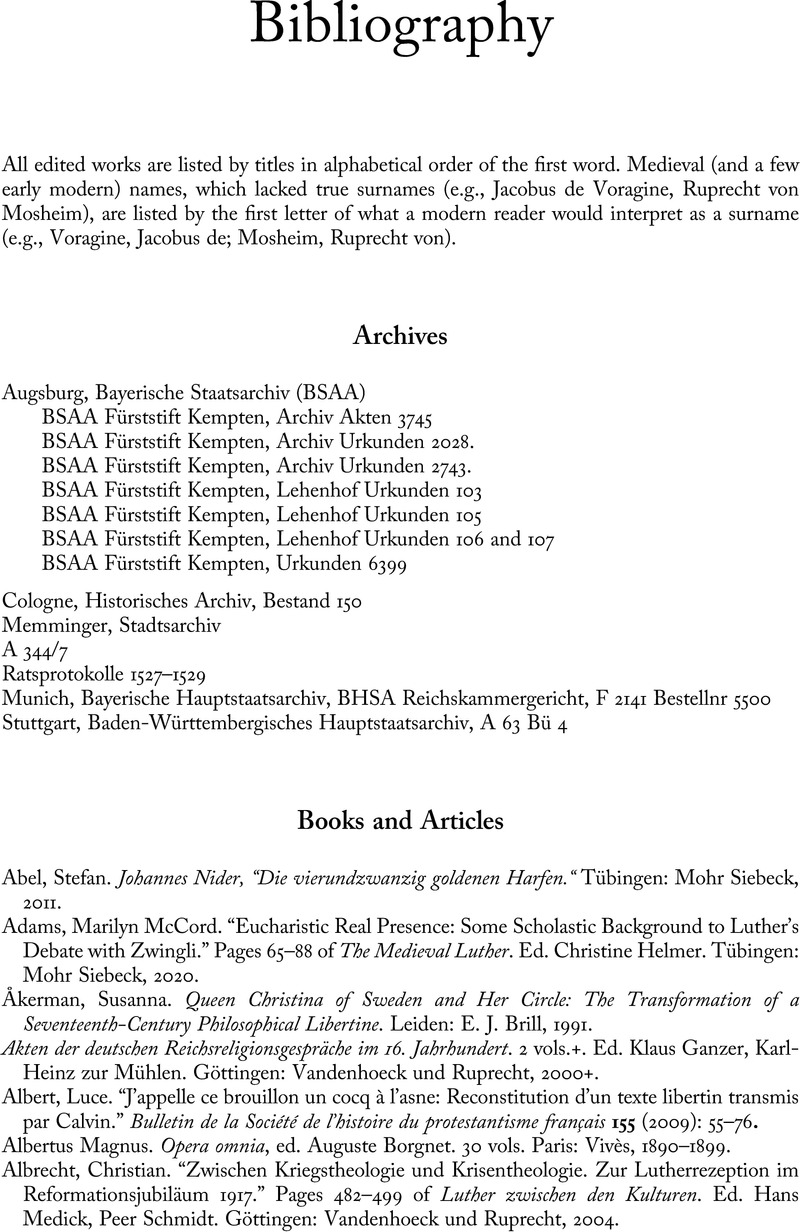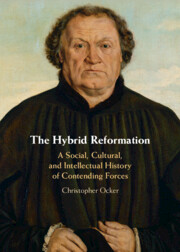Bibliography
Published online by Cambridge University Press: 30 September 2022
Summary

- Type
- Chapter
- Information
- The Hybrid ReformationA Social, Cultural, and Intellectual History of Contending Forces, pp. 264 - 307Publisher: Cambridge University PressPrint publication year: 2022

